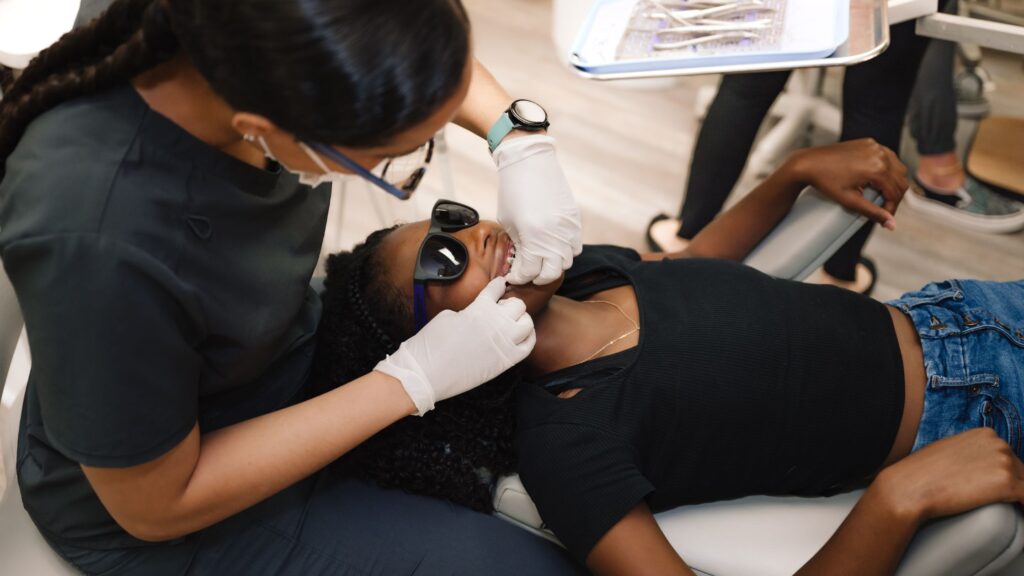Anyone suffering from any form of serious malocclusion (teeth misalignment), could do well to invest in the corrective treatment that only modern braces can provide. That said, there are so many types of braces available today – a veritable “embarrassment of riches,” that the real trouble often is choosing which one to use.
Whether you have an overbite, underbite, teeth crowding, teeth drifting, or another problem may influence which braces are right for you. Your age, the condition of your mouth, and your personal preferences will also be factors. While talking to your orthodontist about these issues is key, you also do well to become informed about your basic options upfront – including these.
Traditional Metal Braces
Traditional metal braces are constructed of stainless steel or silver and made up of brackets and archwires. The wires are used to hold the brackets in position on each tooth and to gradually pull teeth in the desired direction. Nickel-titanium is often also added to parts of these braces to give them added strength and durability.
This is the least expensive option in many cases, but many don’t like the look of metal braces. Plus, there is the possibility of tooth surfaces being stained. For these reasons, many are willing to consider the other options listed below.
Self-ligating Braces
Also known after their inventor as “Damon” braces, self-ligating braces have no need (as do traditional wire braces) for special bands to hold the archwires in place. Instead, the brackets are slotted so that they hold the wires tight themselves. This means there is less friction and less risk of teeth being stained or of cheeks being scraped or pinched.
The wires are able to move freely back and forth as needed, creating higher comfort levels for patients. Plus, overall treatment time tends to be shorter, and the number of dental visits needed to readjust the braces is fewer.
Ceramic Braces
The big benefit of ceramic braces is that the clear coloration of the brackets makes them less noticeable. Also, ceramic won’t cause tooth staining. Ceramic braces are a bit more fragile than metal braces and cost a little more, but many prefer them for cosmetic reasons.
Invisalign®
One of the most recent innovations in tooth realignment is the Invisalign® “invisible” aligners. Also known as progressive braces, this system uses a series of clear plastic removable “trays” that you wear during each successive phase of treatment. For milder malocclusion problems or for those who want to hide the fact they are wearing braces from onlookers, Invisalign® is a great option.
Gold Braces
Another less common type of braces are those made of gold. Gold costs more, but it is very fashionable. Plus, some people may choose gold because they are allergic to other metals like steel or nickel.
To learn more about the various types of modern braces systems and which one might be right for you, book your consultation with Dr. Beauchamp today!



